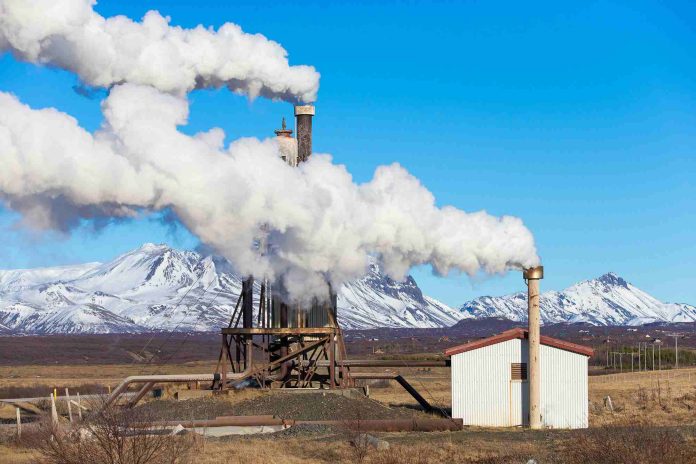Kenya Electricity Generating Company PLC (KenGen) has announced a revamped plan to step up electricity generation from geothermal power plants in a strategic move to cushion Kenyans from the effects of low water inflows at the large hydropower stations.
The Masinga Dam, which is Kenya’s largest hydropower dam, recorded water levels of 1,039.42 meters above sea level (mASL) against a total capacity of 1,056mASL.
This was slightly above the minimum operating level of 1,037mASL, having received only 7.5 millimetres of rainfall in the last 24 hours.
“Despite the ongoing rains in most parts of the country, we are receiving very low inflows at our dams at the Seven Forks, located along the Tana River,” said KenGen Managing Director and CEO, Eng. Peter Njenga.
“This poor hydrology means that we now have to turn to another source to meet the growing demand for electricity in the country,” he added.
According to a daily electricity dispatch report by KenGen, the large hydroelectric power stations, which ordinarily would produce a combined maximum capacity of 626MW, were only able to achieve 471MW at their peak over the past 24 hours.
“One of the large power stations, Masinga, has been shut down most days of November as part of our ongoing water management program to ensure we are able to meet the energy demands for the longest duration possible,” said Eng. Njenga.
Even as the situation at the dams continues to remain largely subdued due to low inflows, several parts of the country continue to experience heavy rains, with cases of flooding reported in several places, including areas along the lower Tana River, Garissa, Mandera, Turkana, Meru and several parts in the Coastal region.
“We are continuing with our tree-growing campaign in support of the Government’s 15 billion trees challenge, taking advantage of the onset of rains to ensure the viability of the seedlings,” said Eng. Njenga.
The NSE-listed company said that it planned to plant at least 500,000 tree seedlings every year and had already planted 104,292 trees in the current financial year (from July 2023), bringing the total to 2,557,516 trees grown over the last nine years.
“We urge Kenyans to take advantage of the rains and plant trees in their homes and even in the workplaces and business areas as this is one way of not only greening the planet but also helping put protection against strong winds and heavy rains, which may sometimes cause flooding,” said Eng. Njenga.
KenGen made the shift to its current geothermal-led strategy following repeated failure of hydro generation over the years.
This poor hydrology is attributed to climate change, characterized by unpredictable rainfall patterns, making it difficult to plan and implement a sustainable water management program in the large dams.
The NSE-listed company CEO said KenGen’s strategic move to geothermal had helped cushion Kenyans from the effects of climate change which has seen rainfall levels drop significantly in the country over the past few years.
He said, “Notably, our investments in geothermal energy ensured uninterrupted electricity supply, even in the face of challenges posed by a prolonged drought and reduced hydropower generation.”
Eng. Njenga went on to say that KenGen was angling to acquire more geothermal drilling licenses in the Great Rift Valley as part of the company’s plans to increase geothermal generation capacity which he said was clean and more reliable as geothermal is not dependent on weather.
Kenya has a potential 10GW of geothermal energy of which only 950MW has been exploited, with about 799MW having been developed by KenGen in the Olkaria and Eburru Hill Geothermal Fields in Nakuru county.
KenGen boasts a diverse energy portfolio including, geothermal, hydro, wind, and thermal, adding up to 1,904MW of which 86% is drawn from renewable sources.
Source: KenGen
















